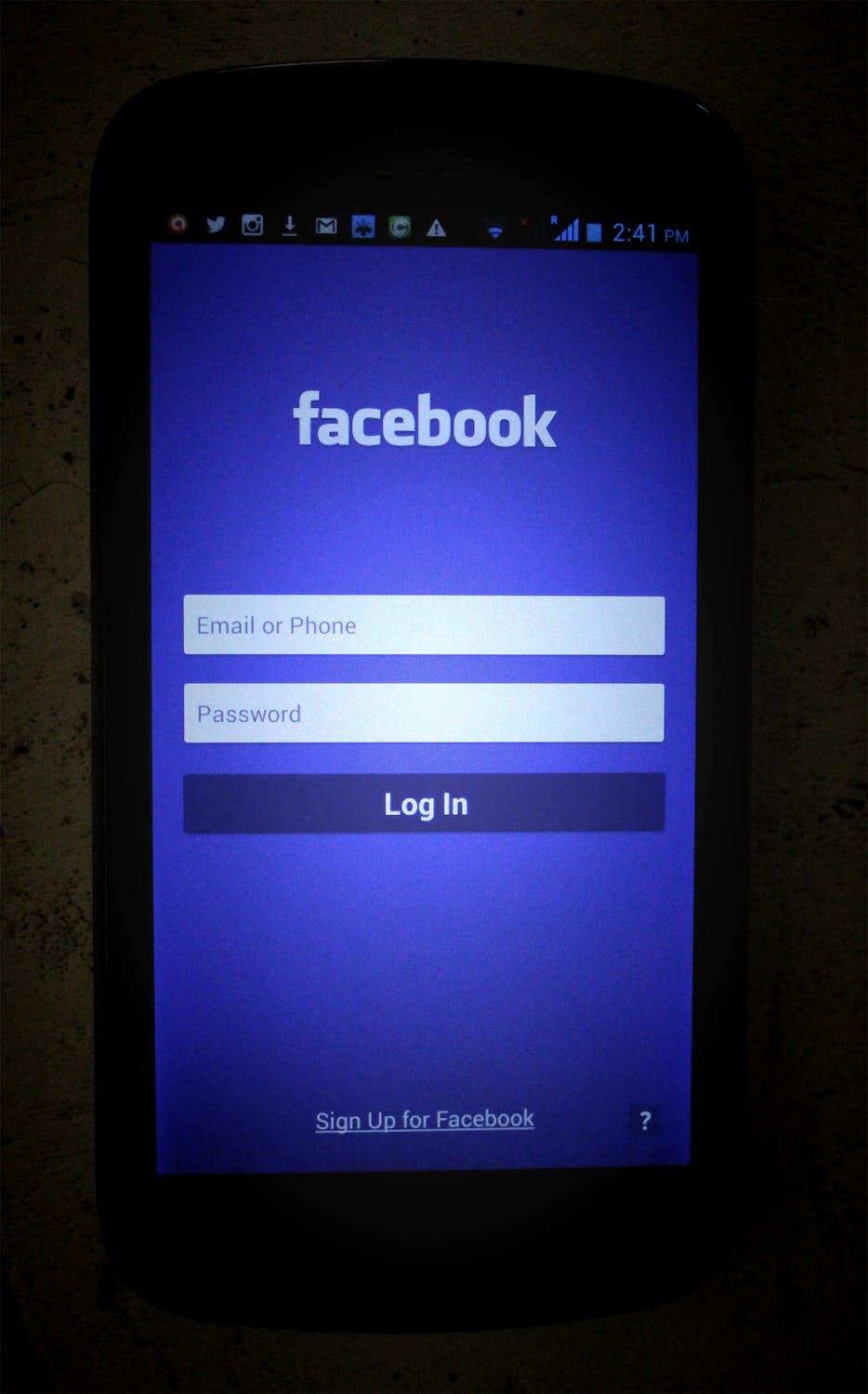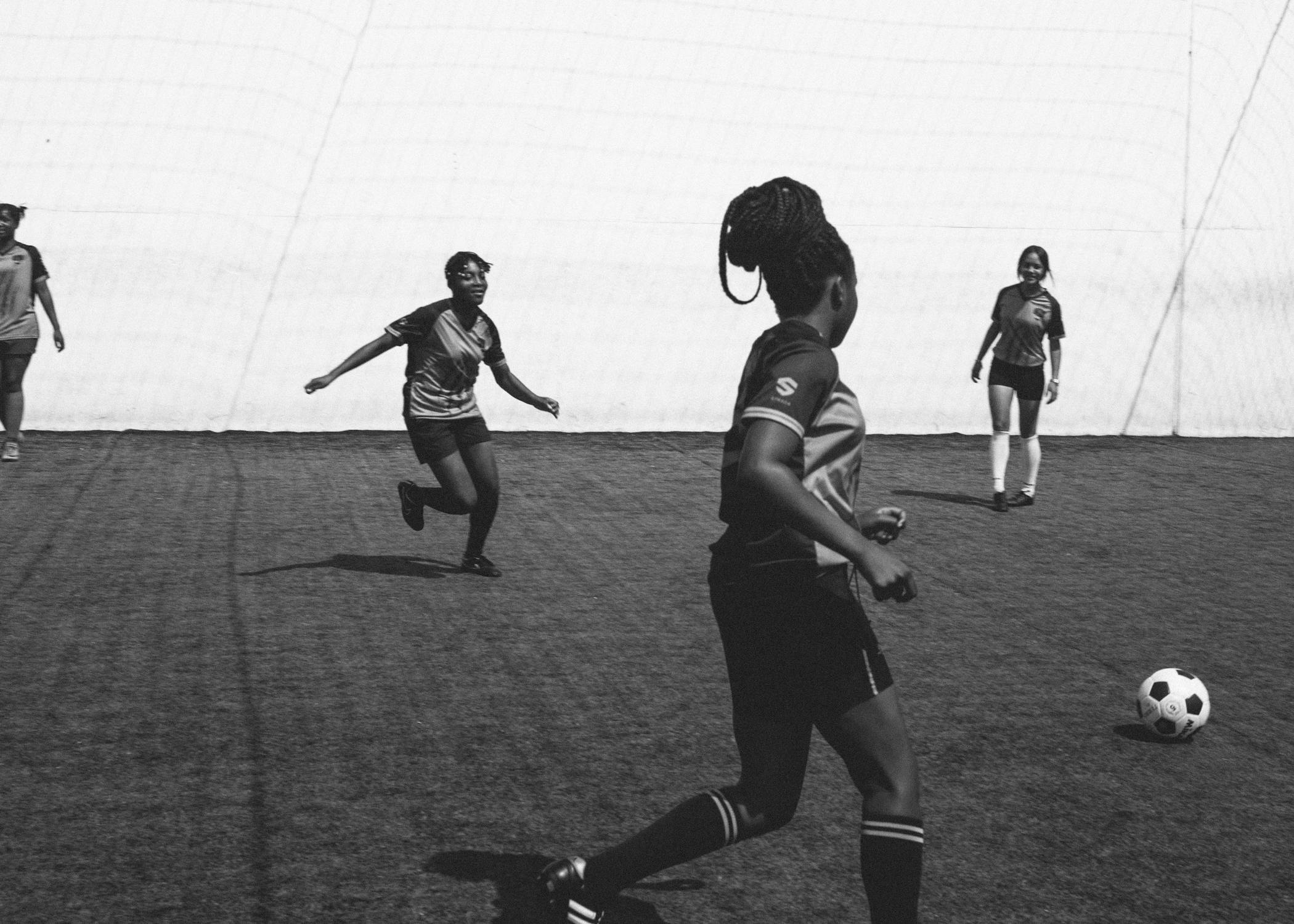A chin implant is the standard treatment for a weak or short chin. It is tremendously effective, very simple to perform, and a wide variety of sizes and shapes of implants are available to use. While chin augmentation is performed in both men and women, it is done more frequently in patients under the age of 40.
This younger age group is also commonly engaged in numerous sports activities. Many of these sports activities can involve contact to the face, whether it be intentional or inadvertent. If one has a chin implant, does participation in these sports place it at risk for problem should the face be traumatized?
It is of interest then to know whether chin implants can become fractured or fragmented from traumatic impact. None of the manufacturers could provide any information about this potential. Therefore, I testing them using the ASTM (American Society of Testing Materials) drop test. I have previously used this method to test the fracture potential for cranioplasty materials. Using an 8 lb. weight dropped from five feet, silicone, PTFE (Gore-tex) and Medpor chins were tested. Silicone and PTFE implants were unaffected, a Medpor chin did develop a fracture.
This drop test, however, does not really replicate what would happen with a chin implant in a human. With the implant up against the bone, the impacting force is transmitted to the underlying bone. As a result, the implant does not absorb the entire force alone or without the support of an underlying framework. Therefore, implant fracture is highly unlikely unless the impacting force is of such a magnitude that the bone would fracture.
What is more likely from trauma is that the chin implant may become shifted or moved. Chin implant shifting or migration is a well known complication which can occur even in the absence of being traumatized. It would make sense therefore to protect the implant from that potential in the young athletic male or female. This can be done by simple screw fixation of the implant to the bone during surgery.
Screws can easily be placed through the implant to the underlying bone. But a single screws can act as a pivot point. Therefore, two screws placed in a parasagittal fashion would make it virtually impossible for it to ever shift position after surgery. One could argue that a single midline screw may be just as sufficient, but it is just as easy to place two screws as one.
If a patient is concerned about their risk of chin implant problems from athletic participation, screw fixation is a simple prevention measure. They can be easily placed whether the implant is placed from inside the mouth or under the chin.







